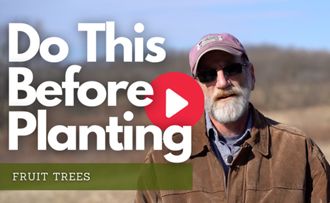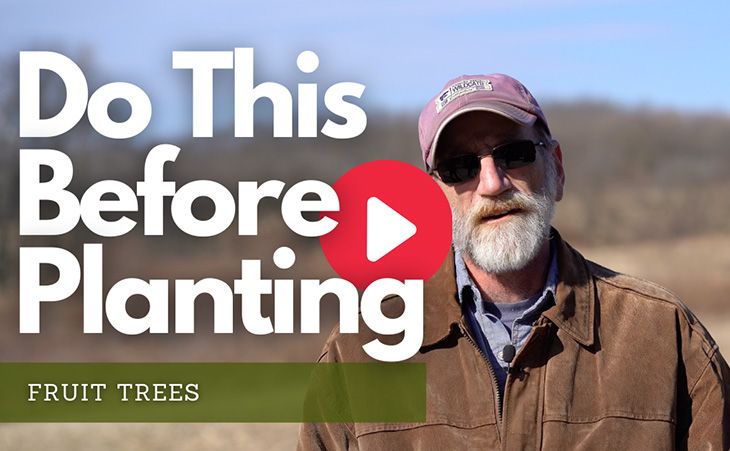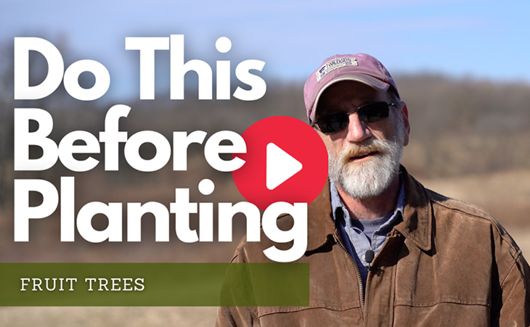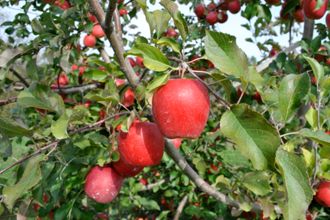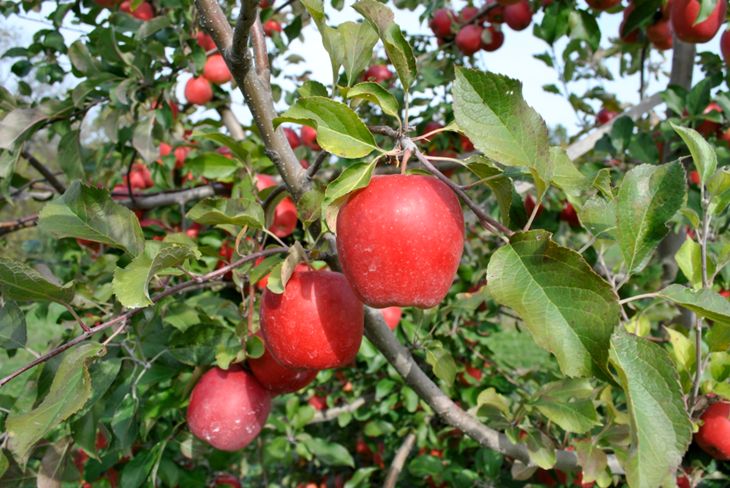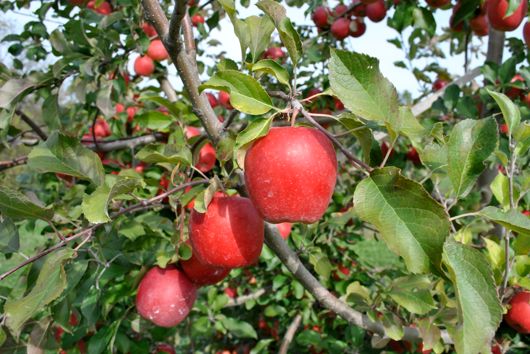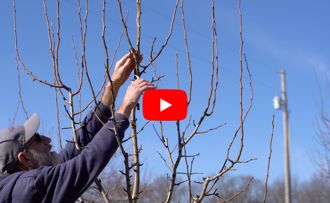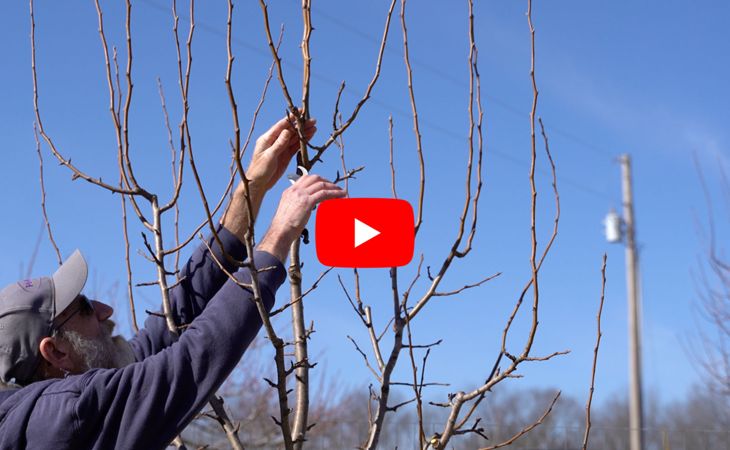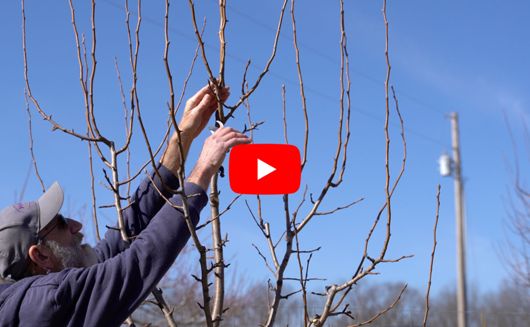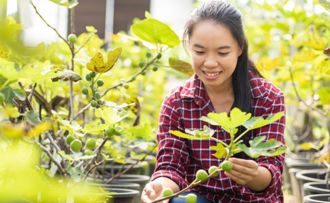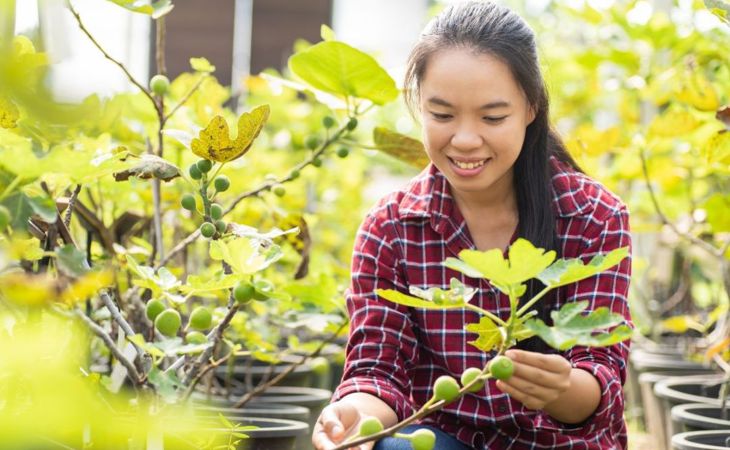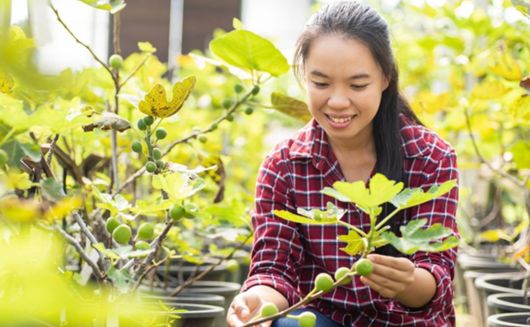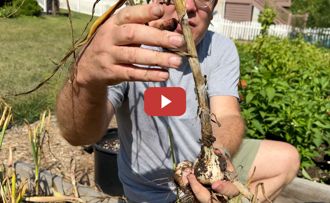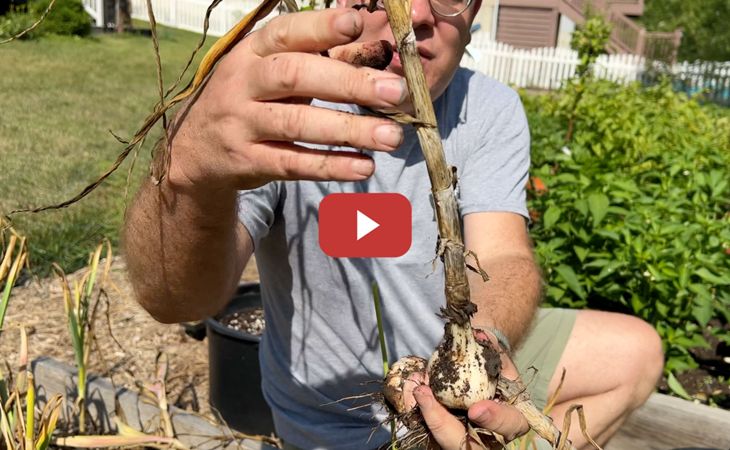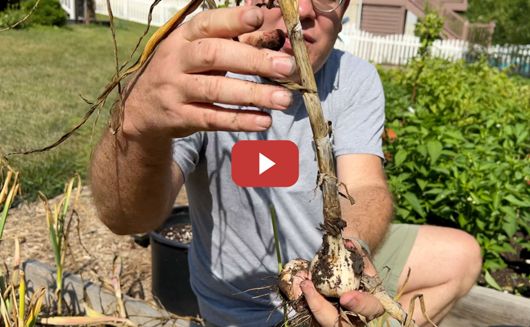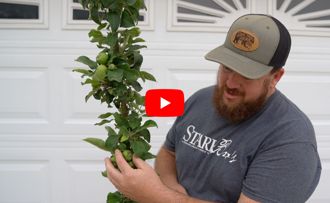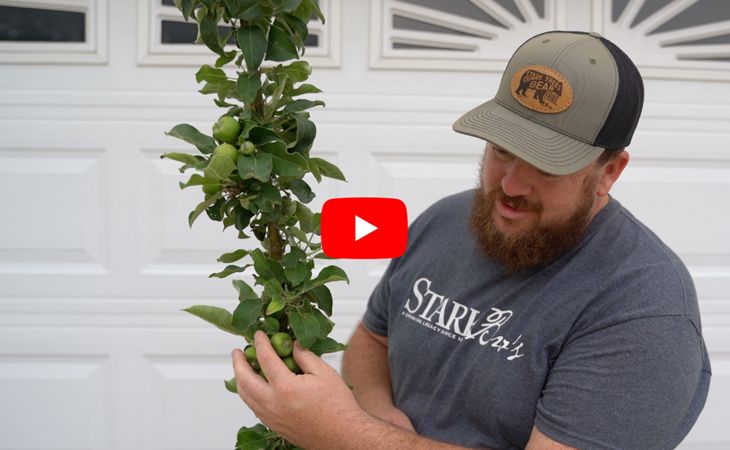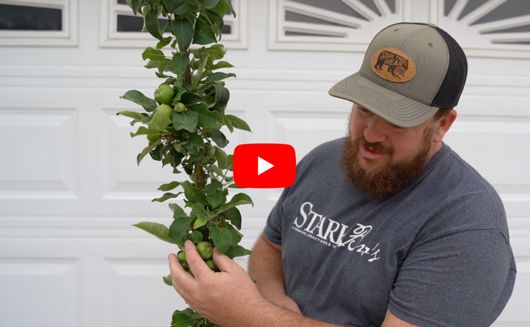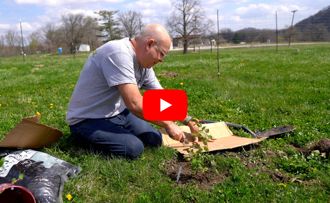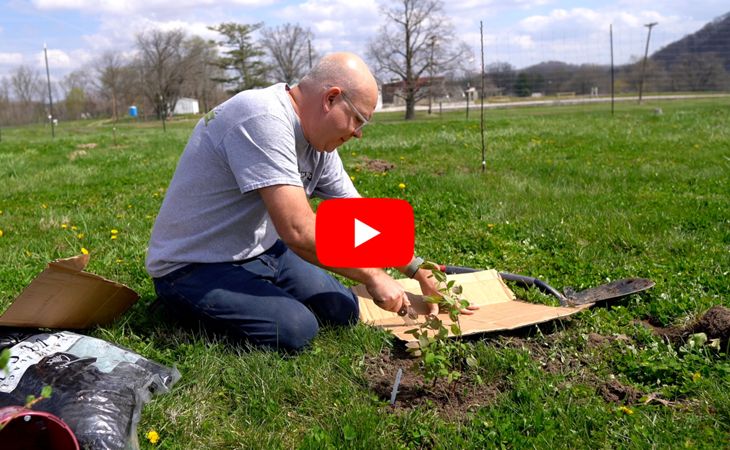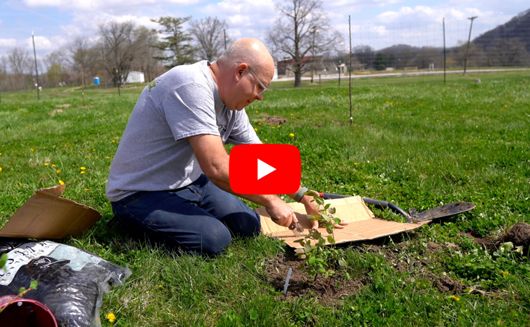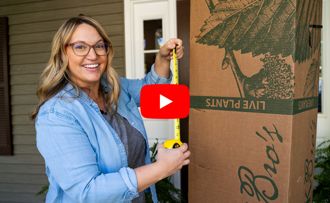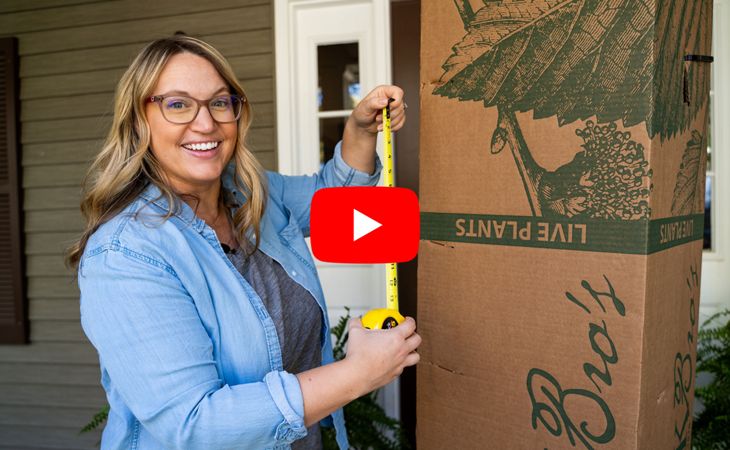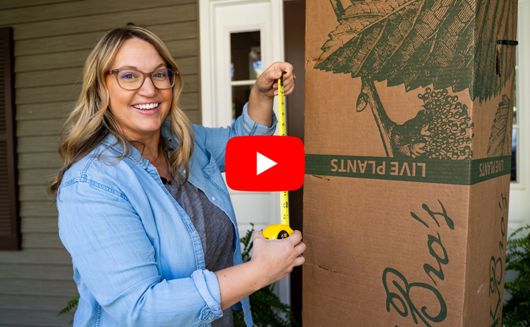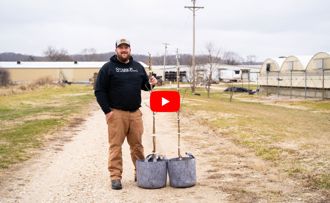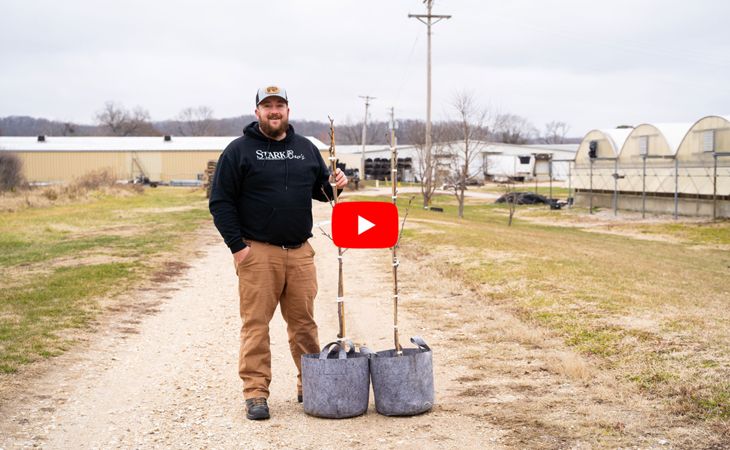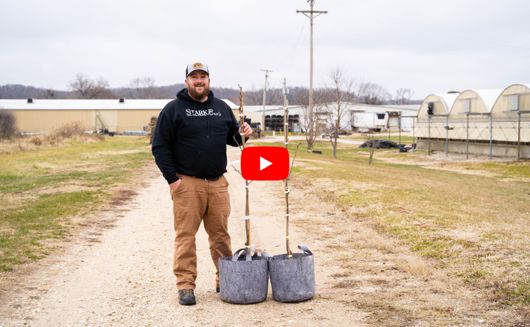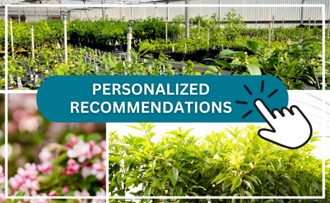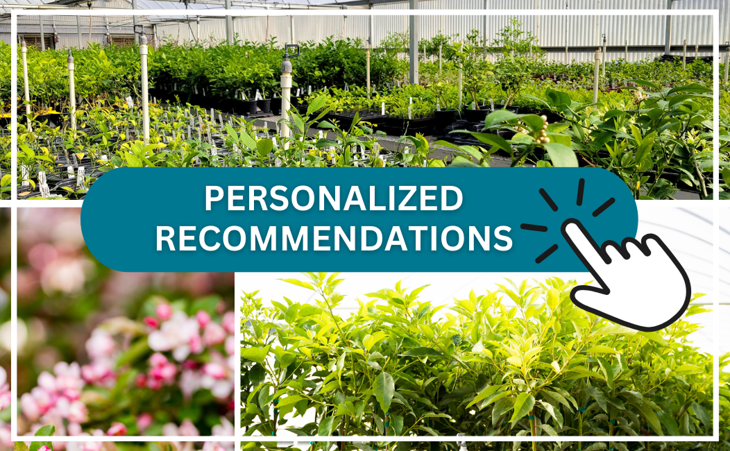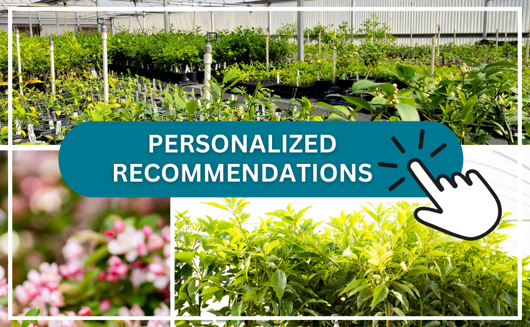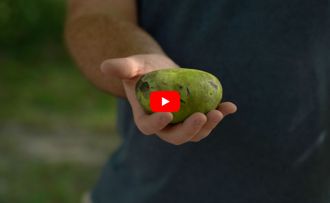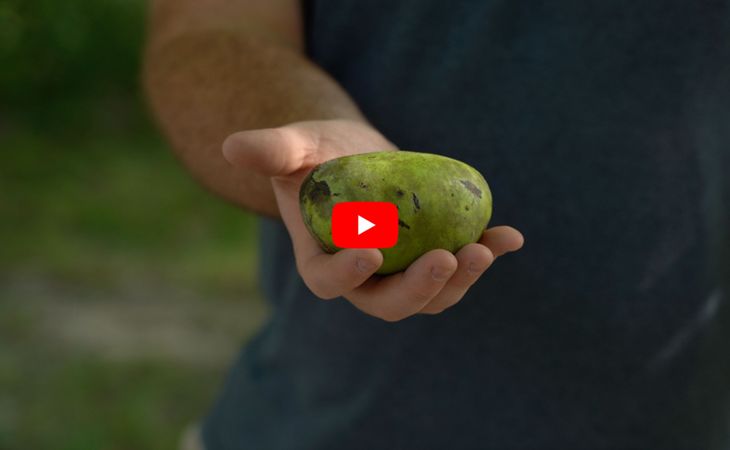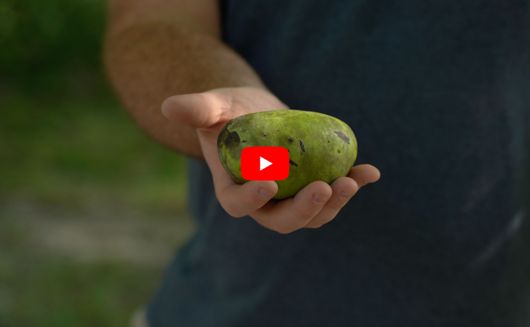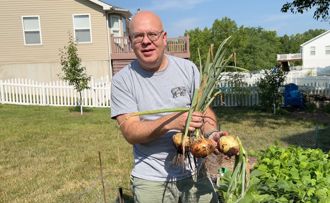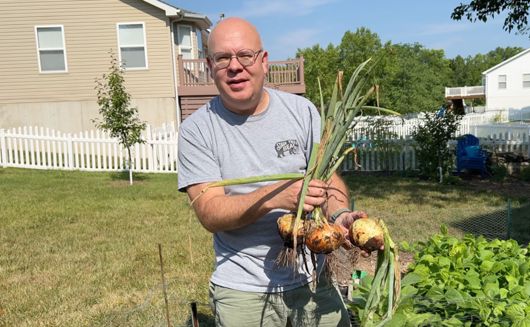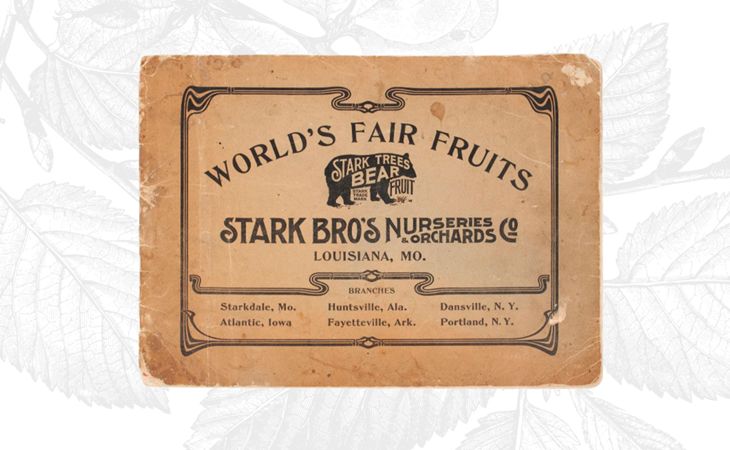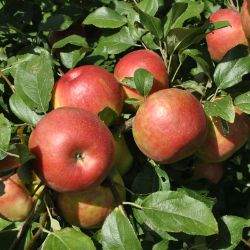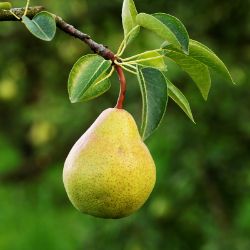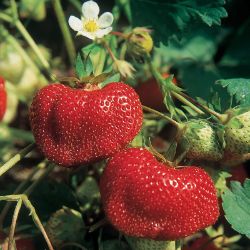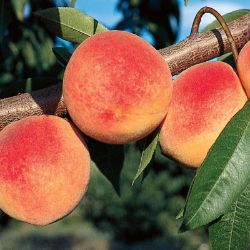How to Plant a Bare-Root Tree - With Video
Bare-root trees experience less shock after planting. Read our directions and watch Katie's simple video demonstration of how to plant a bare-root tree.
By definition, bare-root trees are not grown in a pot and will not have any soil around their roots – hence the name "bare root". Our bare-root trees are shipped dormant, which helps them to transplant well and experience less transpiration (water loss) immediately after planting. The best thing you can do for a new tree is to avoid shock as much as possible, so don't wait until it's too late in the season to plant. The best time to plant a bare-root tree, or any other bare-root plant, is in the fall or early spring.
We always stress the importance of a good foundation. Choose your planting site wisely when planting fruit trees and other types of trees, so you can avoid issues like water-saturated planting sites.
Remember that, above all, the planting site should benefit the tree.
For more detailed information on choosing your location to plant, watch Gary's video:
Steps to planting a bare-root tree:
- Allow your tree's roots to soak in water an hour or two before planting. Do not soak the roots for more than 24 hours.
- A planting hole that is large enough to accommodate your tree's current root system with some extra room to grow. Learn how to Dig a perfect planting hole.
- Spread out the dormant tree's roots to encourage outward growth.
- Keep the tree vertical in the planting hole (perpendicular to the ground) so that it grows straight.
- Use Tree Stakes to encourage straight growth, especially with dwarfing rootstocks and windy sites.
- Keep the graft union (noticeable "bump" in the lower trunk) 2-3 inches above the ground.
- Refill the hole with native soil (what was removed at digging time), and any other soil amendments.
- Gently tamp out any air pockets from the soil once the planting hole is filled.
- Thoroughly water your newly planted tree.
Note: If planting on a slight incline, like that of a hillside or other slope, be sure to pull the remaining soil around to the lower side of the tree to form a berm. Typically, a berm is used when planting on a hill or an incline because it works like a levy to retain water. Instead of the water running off and down the hill, the berm will act as a retainer and the water will soak down to the roots of the your tree.
You might enjoy seeing the future stages of apple tree growth, if you're planting bare-root apple trees this season, which will give you an idea of what to expect down the road after planting!
If you can't plant due to the weather (or other concerns) when your new bare-root trees arrive, there are ways to safely delay planting.
Our tools and supplies are an effective way to maximize your gardening and growing success.
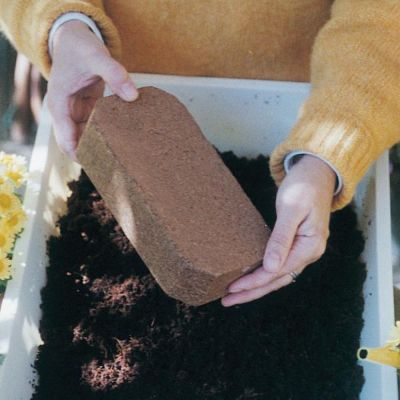 Coco-Fiber Planting Medium
$9.99
Coco-Fiber Planting Medium
$9.99
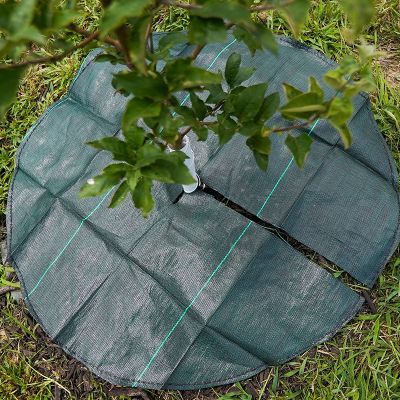 Dewitt Tree Mat Circle
$13.99 / 4 Pack
Dewitt Tree Mat Circle
$13.99 / 4 Pack
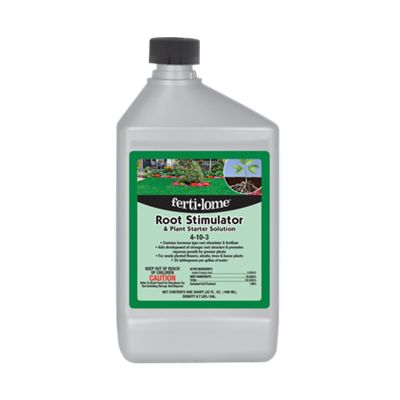 On Sale
Ferti-lome® Root Stimulator & Plant Starter Solution
Starting at $6.99
On Sale
Ferti-lome® Root Stimulator & Plant Starter Solution
Starting at $6.99
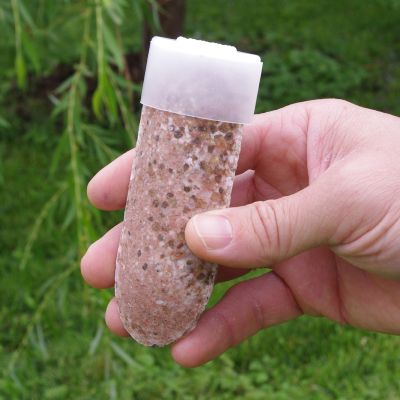 Fruit Tree & Ornamental Gro-Stakes®
$13.99 / 5 Pack
Fruit Tree & Ornamental Gro-Stakes®
$13.99 / 5 Pack
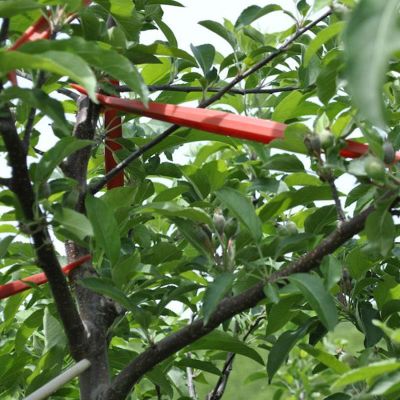 Limb Spreaders
Starting at $5.99 / 10 Pack
Limb Spreaders
Starting at $5.99 / 10 Pack
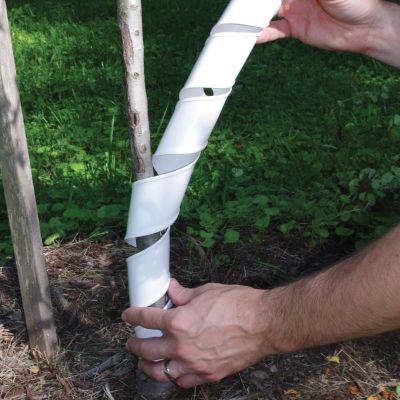 Stark® Tree Guards
Starting at $9.99 / 3 Pack
Stark® Tree Guards
Starting at $9.99 / 3 Pack
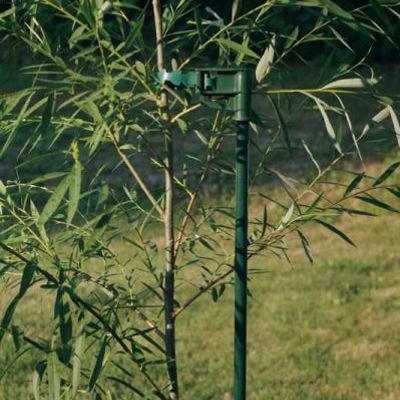 Tree Stake
$19.99
Tree Stake
$19.99
Shop by State
Customize your plant selection based on your area's unique growing zones by exploring our top recommendations for trees and plants. Select your state to discover the best options.
- Article Categories:
- How To Grow
- Video

